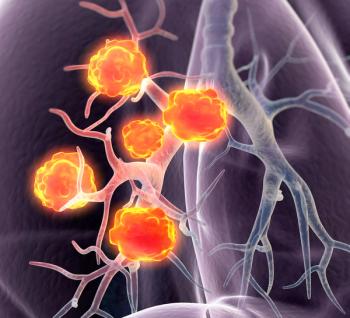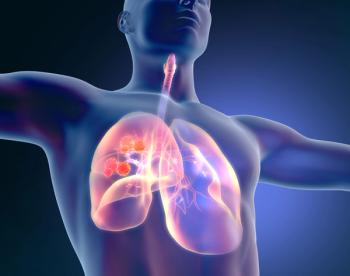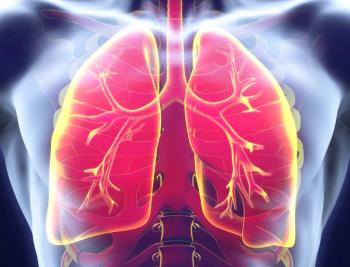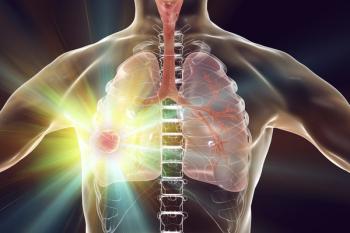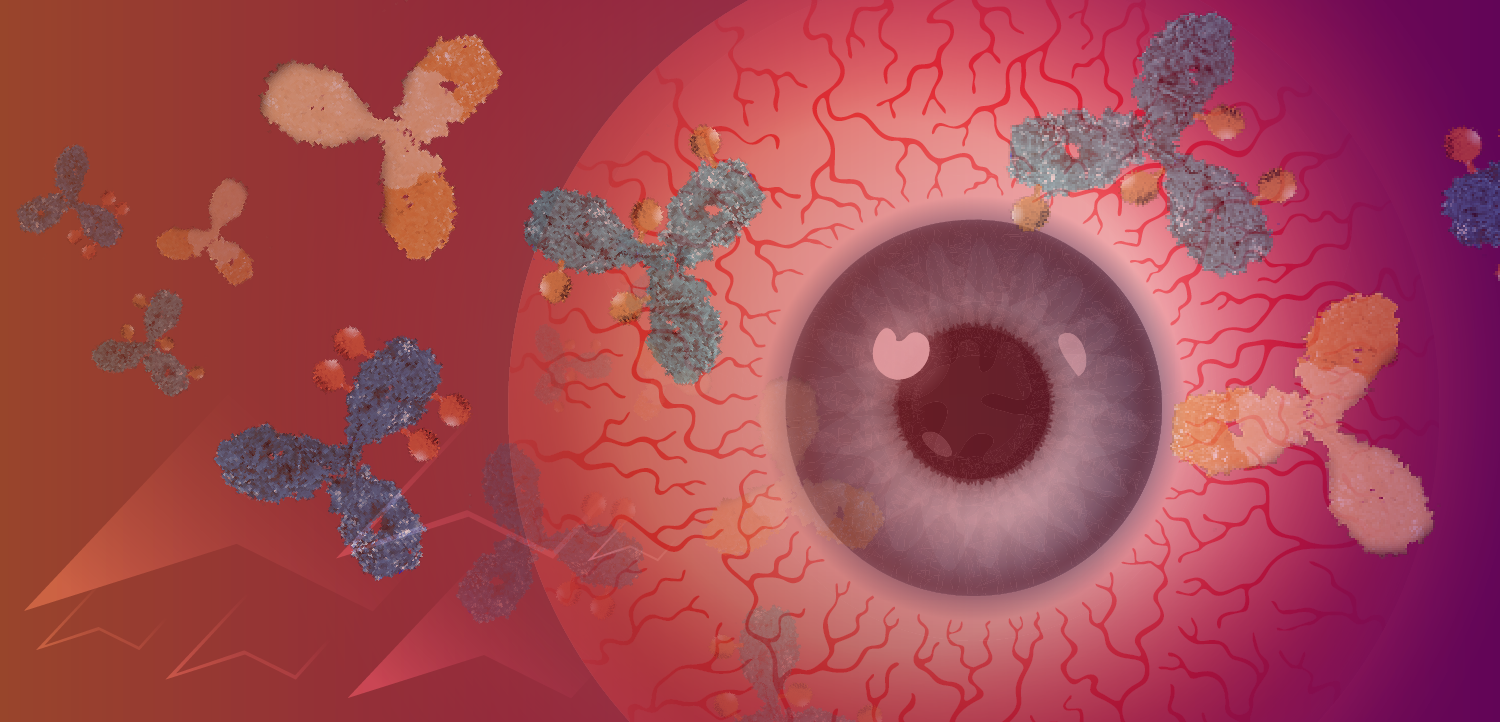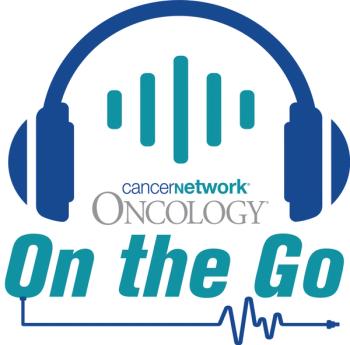
Oncology NEWS International
- Oncology NEWS International Vol 5 No 8
- Volume 5
- Issue 8
Three Million a Year Die From Tobacco-Related Causes
BETHESDA, Md--Although there is some "good news" on the tobacco front--lung cancer deaths have declined in one US demographic group--the bad news continues to pour in from all over the globe, an NCI official told a symposium sponsored by NCI and the American Society of Clinical Oncology (ASCO).
BETHESDA, Md--Although there is some "good news" onthe tobacco front--lung cancer deaths have declined in one USdemographic group--the bad news continues to pour in from allover the globe, an NCI official told a symposium sponsored byNCI and the American Society of Clinical Oncology (ASCO).
"One of every 10 people now alive today will die of tobacco-relateddisease unless serious action is taken on a worldwide scale,"said Thomas J. Glynn, PhD, chief of the Prevention and ControlExtramural Research Branch in the Division of Cancer Preventionand Control.
Worldwide, he said, two tobacco companies--R.J. Reynolds and PhilipMorris--have increased sales by almost 200 billion cigarettesper year, primarily because of sales in Eastern Europe and developingcountries. China, with 23% of the world's population, has about29% of the world's smokers.
Dr. Glynn cited WHO estimates that about 3 million people peryear are dying from tobacco-related disease throughout the world."Without a concerted worldwide effort, this will rise toabout 10 million per year by the year 2020," he said.
For 1995, he said, this works out roughly to six deaths everyminute from tobacco use--one person in the European Union, onein the United States, one in the former USSR, one in the otherdeveloped nations, one in China, and one in the developing nations.
Wasn't There Some Good News?
Even though lung cancer rates continue to rise in the United States,"we're starting to see the first decline over the past 5years or so" in at least one major demographic group--45-to-54-year-old white males," Dr. Glynn said. "This isamong the group that has stopped smoking in the past 2 decades."
Indeed, about 40 million US adults, or nearly half of all livingadults, have quit smoking. "So, in a sense, Senator [Robert]Dole is absolutely correct: you can quit smoking," Dr. Glynnsaid, referring to the Republican presidential candidate's statementthat only some smokers become addicted to tobacco while otherscan "take it or leave it." But for most people, Dr.Glynn pointed out, "quitting is very difficult, and nicotineis most certainly addictive for everyone."
The bad news for the United States, Dr. Glynn said, is that adolescentsmokers are replacing the adult smokers who quit or die in aboutequal numbers. Furthermore, sales of smokeless (chewing) tobacco,used almost exclusively among males, are showing "sharp increases."
Dr. Glynn stressed that the benefits of quitting are well worthit. After 10 years' abstinence, the risk of lung cancer is cut30% to 50%. Oral cancer risk is about half after 5 years' cessation."The same for bladder cancer," Dr. Glynn said. After5 years' abstinence, the risk of "premature death" frombladder cancer is reduced by about 50%, and after 15 years, thereis about a 90% risk reduction.
Helping Patients Quit
Physicians can help their patients realize the benefits of quittingsmoking by taking four easy steps with each patient:
The NCI booklet "How to Help Your Patients Stop Smoking"can be obtained by calling the NCI's Cancer Information Serviceat 1-800-4-CANCER.
Articles in this issue
about 29 years ago
Chemo Improves Pain Relief in Advanced Prostate Cancerabout 29 years ago
NCCR Urges Congress to Support Senate Bill for Cancer Researchabout 29 years ago
Researchers Propose New Treatment Guidelines for HIVabout 29 years ago
Salvage Cryotherapy for Prostate Cancer Studied at M.D. Andersonabout 29 years ago
FNA Dropped From RDOG Study Due To High Rate of Insufficient Samplesabout 29 years ago
New Thinking on HIV Progression Leads to New Strategiesabout 29 years ago
Hospitals Told Not to Capitate for 'Wrong' Reasonsabout 29 years ago
More Study Needed of Possible Carcinogenesis of Winter Gas Additiveabout 29 years ago
President Makes NCAB AppointmentsNewsletter
Stay up to date on recent advances in the multidisciplinary approach to cancer.


